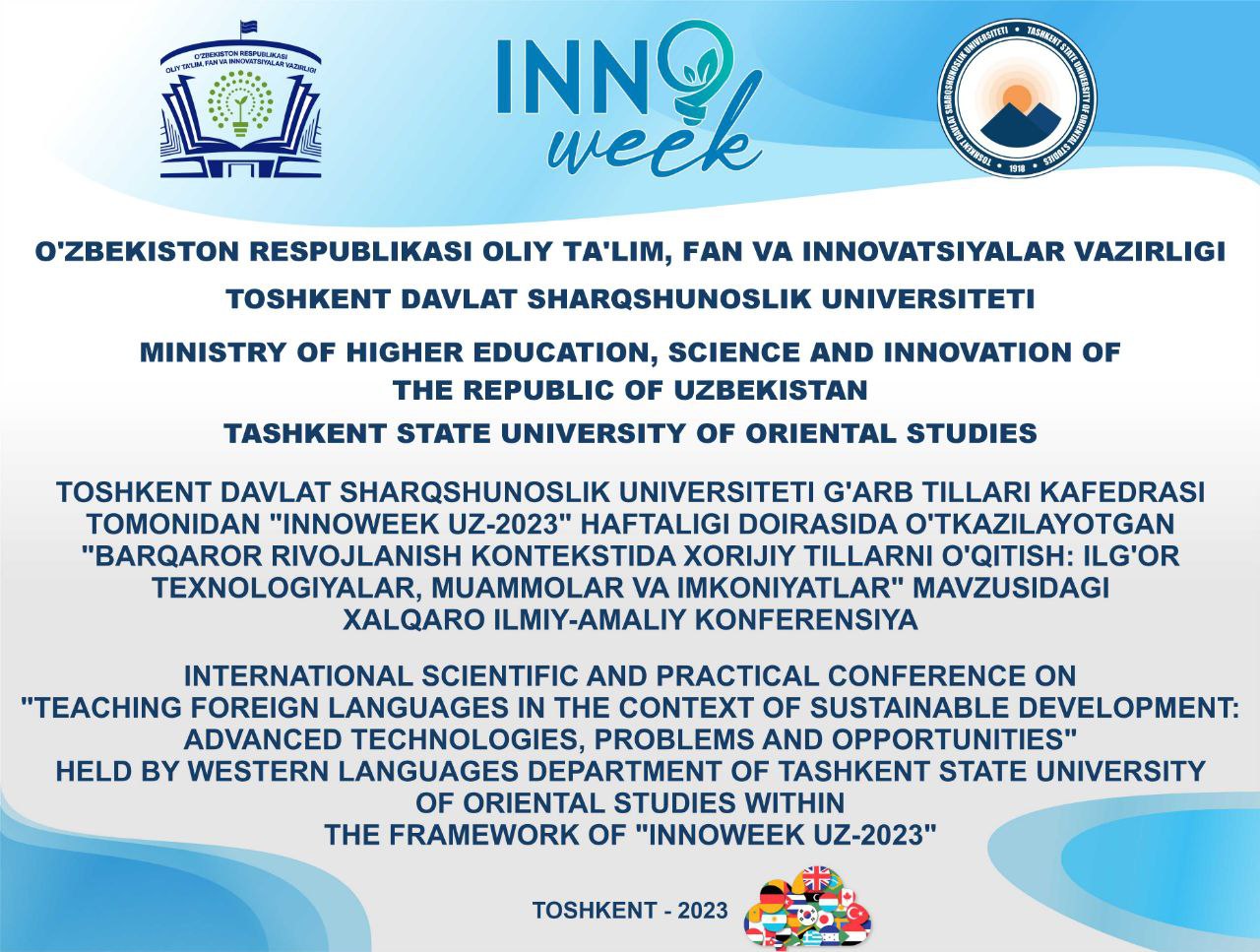Professionalism and ELT (English language teaching)
DOI:
https://doi.org/10.37547/geo-90Keywords:
professionalism, capabilities, external factorsAbstract
In this article, the concept of professionalism and its significance in language teaching are explained thoroughly. New trends and the ways to achieve professionalism are explained relying on both scholars` notions and contemporary pedagogical sphere.
Downloads
References
Baggini, J. (2005). What professionalism means for teachers today? Education Review, 18(2), 5–11.
Coombe, C. (2018). Professionalism and English language teaching. In J. I. Liontas (Ed.), The TESOL encyclopedia of English language teaching (pp. 1–8). Wiley.
Copley, K. (2022). The Theory & Practice of Professionalism in ELT. Middle East journal of TEFL. MEJTEFL.
Crookes, G. V. (2015). Redrawing the boundaries on theory, research, and practice concerning language teachers’ philosophies and language teacher cognition: Toward a critical perspective. Modern Language Journal, 99, 485–499. doi:10.1111/modl.12237
Farmer, F, (2011), Professionalism in ELT, Plaza y Valdes.
Hallinger P., & Liu S. (2016) Leadership and Teacher Learning in Urban and Rural Schools in China: Meeting the Dual Challenges of Equity and Effectiveness. International Journal of Educational Development, vol. 51(C), pp. 163–173. https://doi.org/10.1016/j.ijedudev.2016.10.001. (Retrieved on October 15th 2022).
Hoyle, E. (2001). Teaching: Prestige, status and esteem. Educational Management Administration and Leadership, 29(2), 139–59.
Phillipson, R. (1992). ELT: the native speaker’s burden? ELT journal, 46(1), 12-18.
Torres-Rocha, J. C. (2019). EFL teacher professionalism and identity: Between local/global ELT tensions. HOW, 26(1), 153-176. https://doi.org/10.19183/how.26.1.501.
Downloads
Published
How to Cite
Issue
Section
License
Copyright (c) 2023 Sobirova Guzaloy Asqarovna

This work is licensed under a Creative Commons Attribution 4.0 International License.
The content published on the International Scientific and Current Research Conferences platform, including conference papers, abstracts, and presentations, is made available under an open-access model. Users are free to access, share, and distribute this content, provided that proper attribution is given to the original authors and the source.






